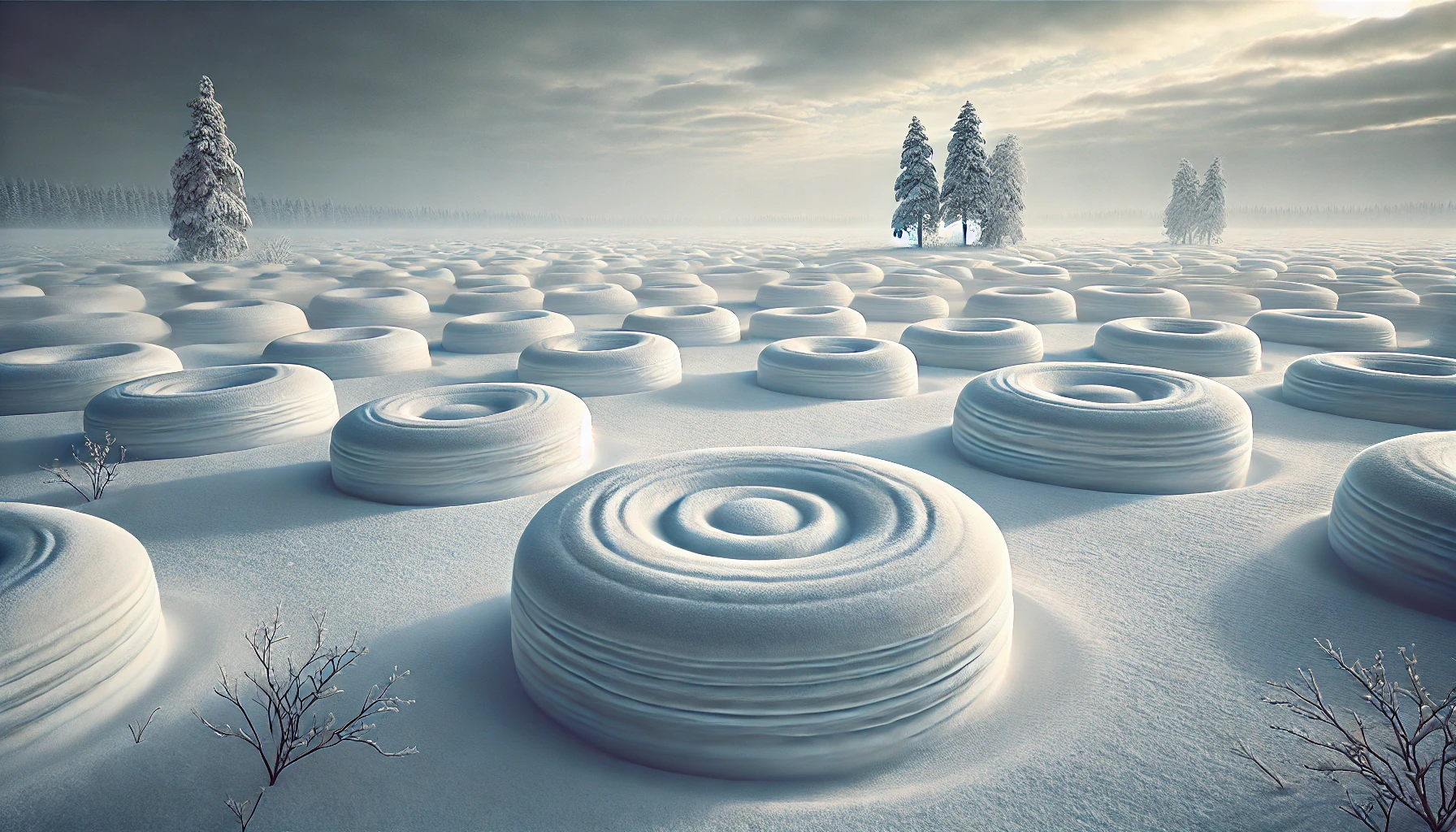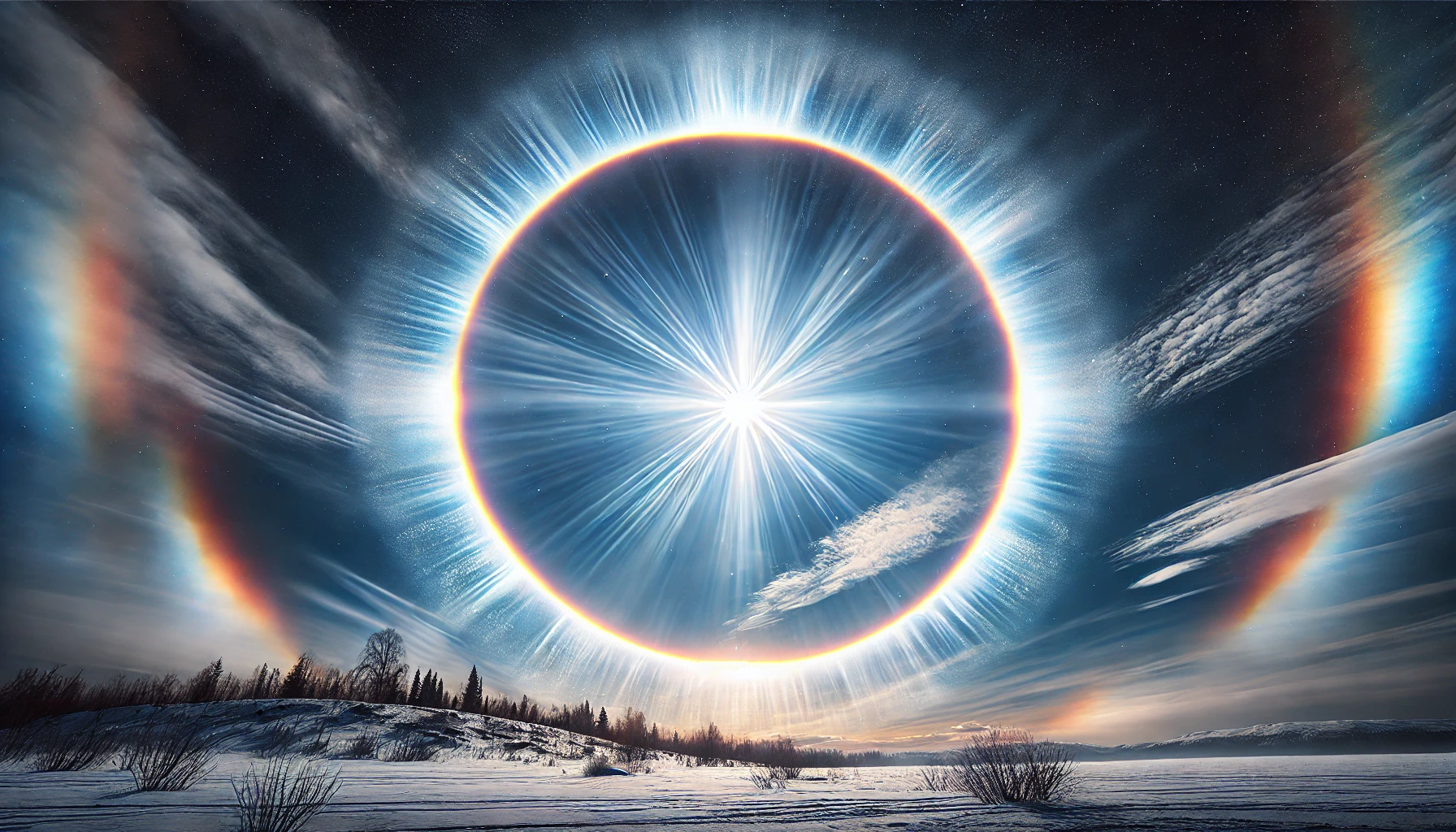The Strange Beauty of the Green Flash: A Rare Sunset Optical Phenomenon
The green flash is one of nature’s most stunning yet elusive optical phenomena. This rare event occurs during sunrise or sunset and involves a brief flash of green light at the horizon, just as the sun dips below or rises above the edge of the Earth. Although the green flash is fleeting—lasting only a few … Read more










